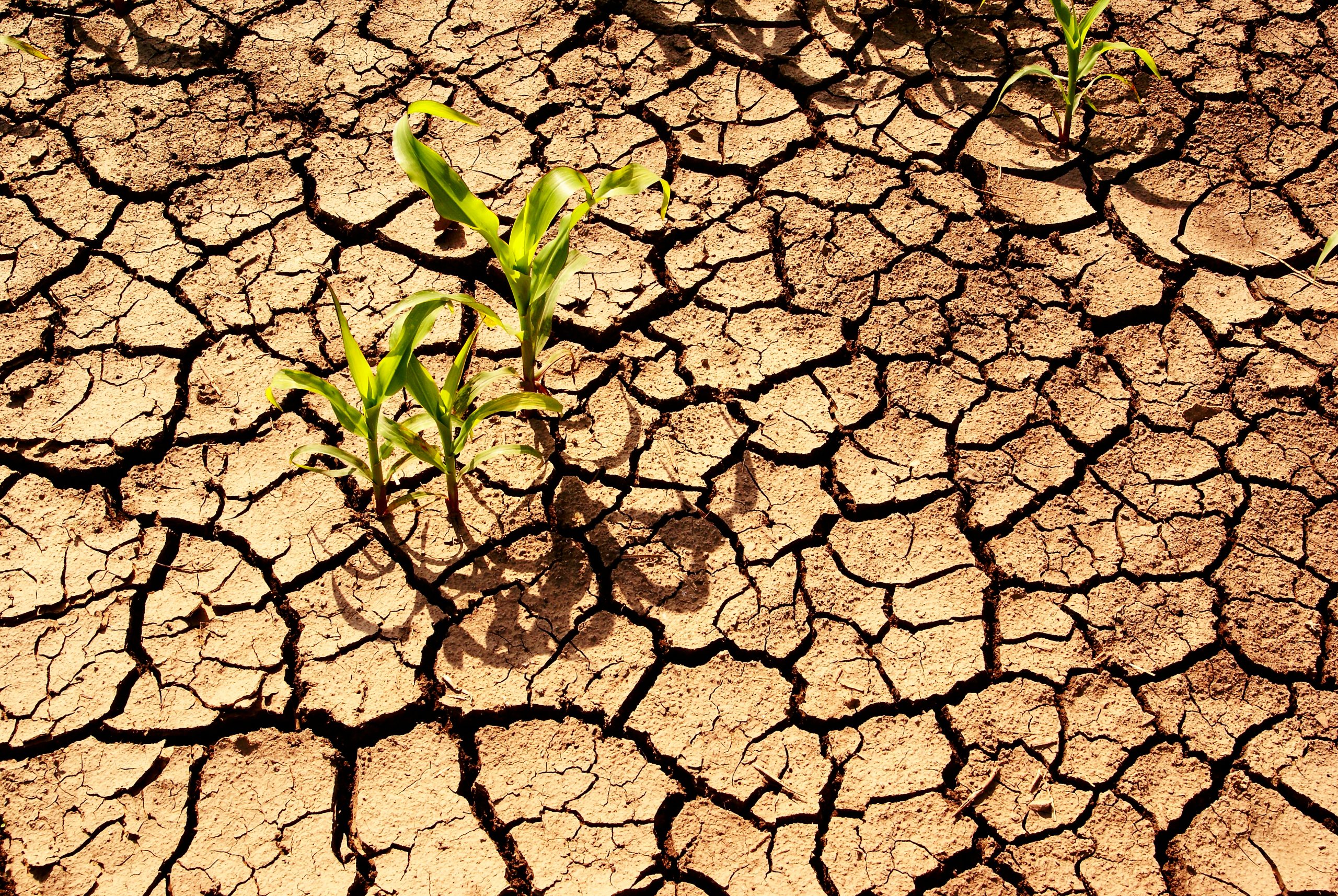Increasing demand, changing consumer trends and the resulting environmental impacts means alternatives to the traditional agri-food production systems must be developed.
Demand elements
The agri-food chain has so far supported the change in eating habits of urban consumers to satisfy year-round demand for food despite the season or location of the produce. Urban areas are home to 55% of the world’s population, and nearly all the population growth expected by 2050 will occur within towns and cities. To meet this extra demand, agricultural production will have to increase by 56% by 2050, which cannot be sustainably achieved by traditional methods.
Here we look at the issues behind this and why alternative production methods are on the rise.
Freshwater availability
Freshwater is a finite resource with multiple stakeholders dependant on access to it. Agriculture consumes the largest share of freshwater annually, responsible for 70% of daily freshwater withdrawals. However, with demand for water from all other sectors set to grow by 25% – 40% by 2050, any increase in current industrial agricultural practices to meet food demand will result in water scarcity in other sectors. The cost of water will also rise as supplies fall, having knock-on effects on food prices and water security globally.
Relying solely on the expansion of current industrial agriculture practices within the agri-food chain will exacerbate water scarcity and lead to higher food prices and lower food production. Traditional methods of food production must become less water-intensive while more water-efficient methods of crop production must also become embedded in the food chain.
Environmental impact
The combined GHG emissions from the agri-food sector represent 24% of global GHG emissions. Each step of the extended agricultural food chain is reliant on petrochemical inputs. An expansion of business-as-usual practices will mean more CO2 and other pollutants will be emitted into the atmosphere, contributing to global climate change.
Our methods of producing food also impact local environments. 50% of habitable land is used for agricultural purposes, limiting the area available for biodiversity to thrive. The broad application of nitrogen fertiliser is a key component of industrial agriculture but leads to run-off which pollutes freshwater and oceans. Agriculture is already responsible for 78% of global eutrophication.
The changing environment
Agricultural production contributes to GHG emissions but it also suffers directly from the adverse effects of the changing climate. Rising temperatures, unstable weather patterns and increasing extreme weather events all impact crop yield.
Long-term impacts of destructive land management practices are also reducing yield through soil degradation. Degradation of the structure, biodiversity and cycle of elements occurs through intensive agricultural practices and leads to soil erosion, run-off, and overall loss in productivity. Soil fertility is dropping whilst demand for yield is increasing. It is predicted that arable land per capita will be reduced to . This is 30% less than in 1970, when the population was 3.6 billion.
The changing environment will potentially reduce the amount of food available, which will raise food prices and threaten food security.
Consumer trends
The traditional methods of the industrialised food chain do not suit modern consumer tastes.
Quality
Diets and consumer consciousness is changing, particularly among middle class urbanites, who will represent the largest demographic within the global population by 2030. Trends across all ages within this group are being observed towards an increased importance of health, wellbeing and environmental impact. Consumers are adjusting their purchasing habits to ensure products they buy taste good, are healthy, local or are somehow aligned with their values, e.g. produced organically.
The agri-food chain however is global. Food can be grown and processed thousands of miles away from where it will be ultimately consumed. On average, food travels Although incredibly beneficial for urban consumers, quality is affected and the produce is associated with various negative environmental impacts.
The geospatial size of the food chain impacts and limits quality. Farmers must grow varieties hardy enough to survive the journey and harvest crops early, applying preserving chemicals to ensure food isn’t rotten at the point of retail. Traits that consumers may desire, such as taste, are not prioritised. Where produce that does meet the various desires of consumers exists, it is more expensive.
Local sources of food production that provide consistent access to non-local-origin produce, grown sustainably using minimal resources, would have multiple benefits for an increasing group of people.
Consumers desire better-tasting food that also aligns with their environmental and health values. Even if industrial practices could be expanded to meet demand, it is likely consumers would prefer alternatives.
Waste
Every year 30% of all food is wasted in transport and at home by the consumer. The energy wasted in transportation, particularly with fresh produce, means food wastes quicker for the end consumer. In an environment where food is an increasingly expensive commodity, this significant level of waste is not sustainable. Reducing waste by bringing production closer to consumption would reduce waste and provide a better end-product.
The alternative future
More and better-quality food is required, produced using less resources while minimising the impact on the environment. Several co-interacting pressures are acting simultaneously on the agrifood sector meaning further expansion is unlikely without significant adaption. As a result, our dependency on industrial-scale practices for urban food security must be reduced through the use of alternative food sources that can address the issues we are contending with.
Technological approaches for food production are being implemented around the world and these will be the focus of the second part of this series.
By Ben Butler, Controlled Environments Specialist at Agxio



